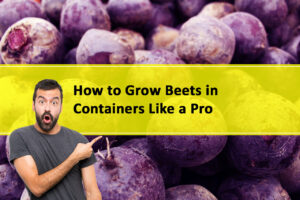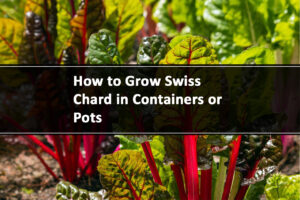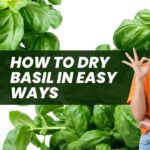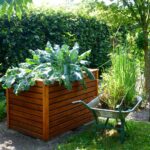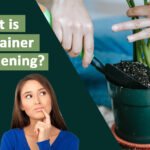Beautiful Plants For Your Interior
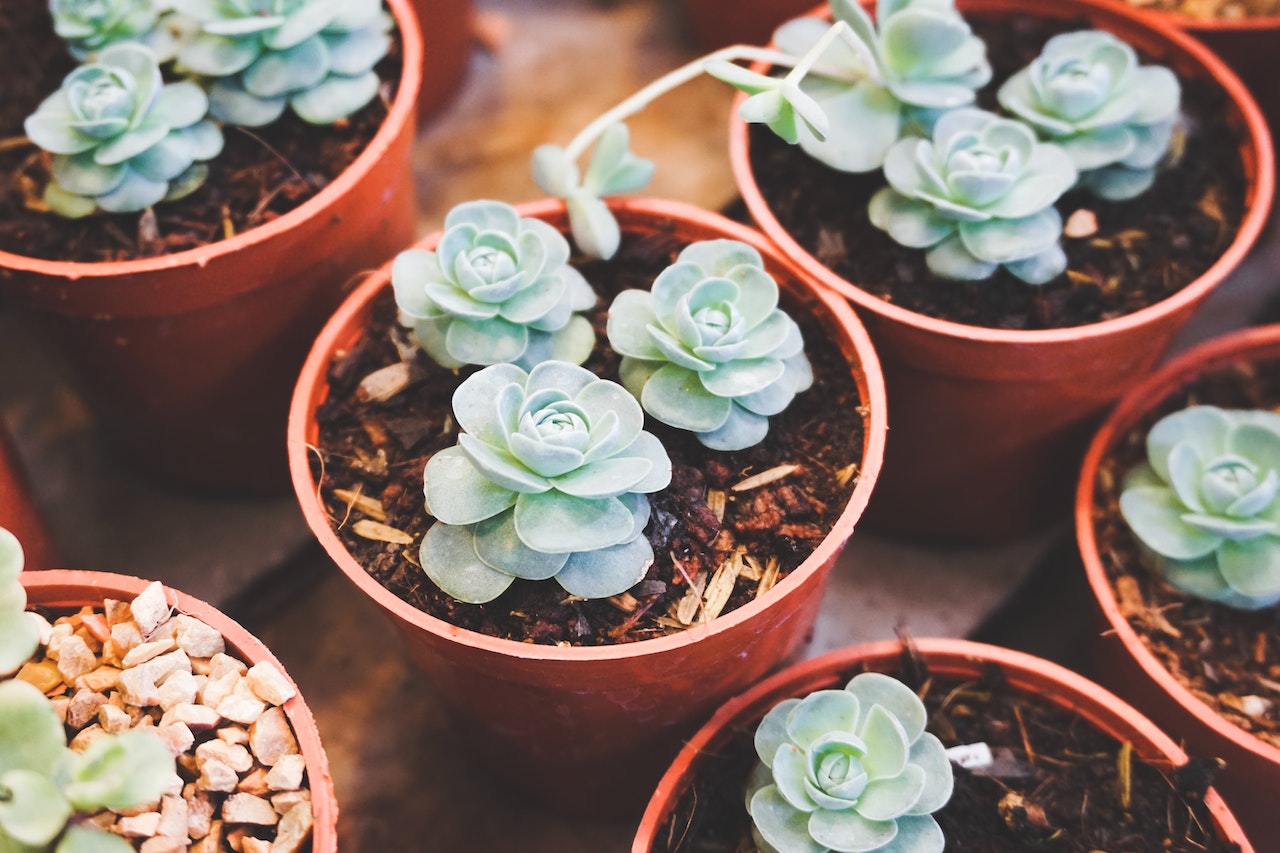
11 Simple Tricks for Beautiful Garden Containers
The use of urban garden containers is a wonderful method to enhance the beauty, color, and design of your outdoor areas. Well-designed garden containers can turn any space into a lush haven, whether you have a large backyard or a little balcony. We’ve gathered easy-to-use tips that will take your garden containers to new heights to assist you in creating eye-catching displays. These suggestions can help your containers stand out in your yard by helping you choose the proper plants and adding eye-catching features.
Benefits of Having Beautiful Garden Containers
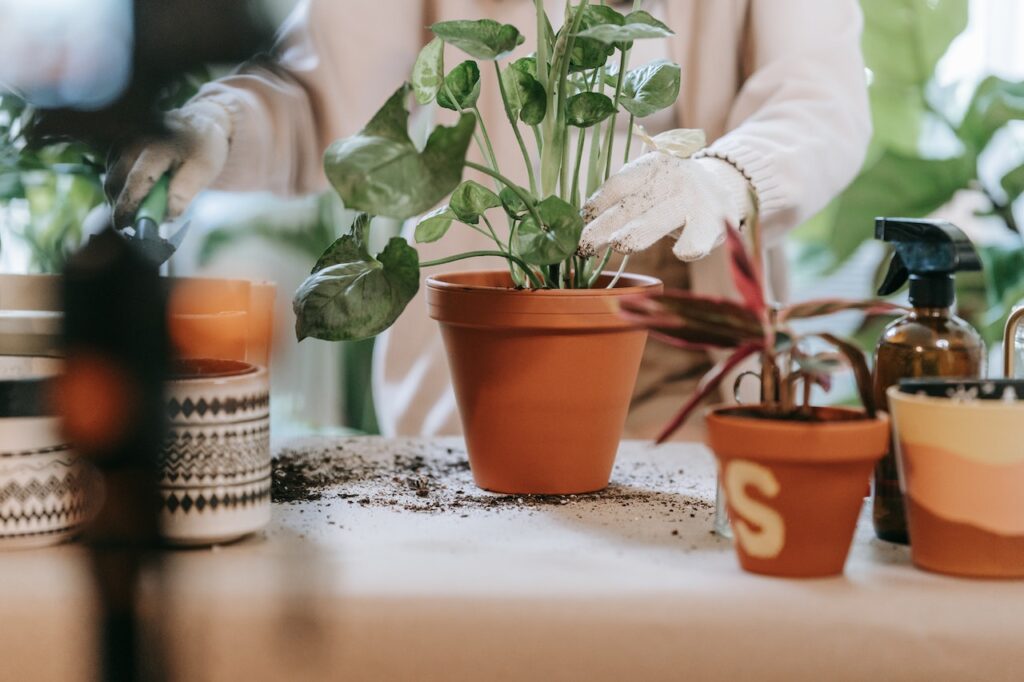
1. Enhances aesthetics: Beautiful garden containers add visual appeal and enhance the overall beauty of your garden. They come in various colors, shapes, and sizes, allowing you to create a visually pleasing and harmonious garden space.
2. Flexibility and mobility: Container gardening allows you to have a garden in any space, regardless of its size or location. You can place containers on patios, balconies, rooftops, or even indoors. The mobility of garden containers also allows you to rearrange them easily, creating different layouts and designs as desired.
3. Space optimization: Garden containers enable you to maximize the use of limited space. If you have a small yard or no garden area at all, containers offer a practical solution for growing plants and flowers. Vertical gardening with containers can further optimize space by utilizing walls or trellises.
4. Versatile plant choices: With garden containers, you have the freedom to grow a wide variety of plants, including flowers, herbs, vegetables, and even small trees or shrubs. You can create themed gardens, mix different plant types, or experiment with unique combinations.
5. Easy maintenance: Compared to traditional garden beds, containers are generally easier to maintain. They require less weeding and are more manageable in terms of watering, fertilizing, and pest control. Containers also provide better control over soil quality and drainage, ensuring optimal conditions for plant growth.
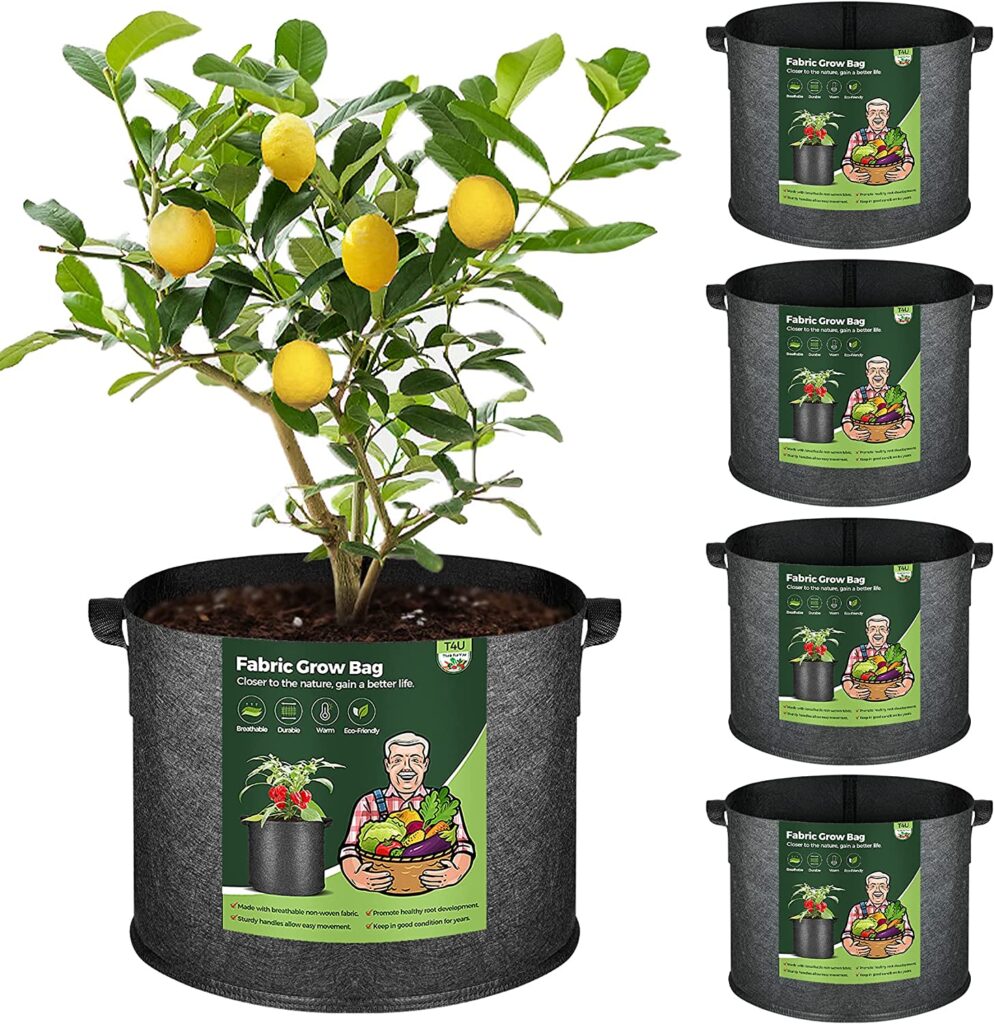
Beautiful Garden Containers: Fabric pots with Handles.
A 10 Gallon Pack of 5, Heavy Duty Nonwoven Smart Urban Garden Pot. Thickened Aeration Nursery Container Black for Flower and Vegetables.
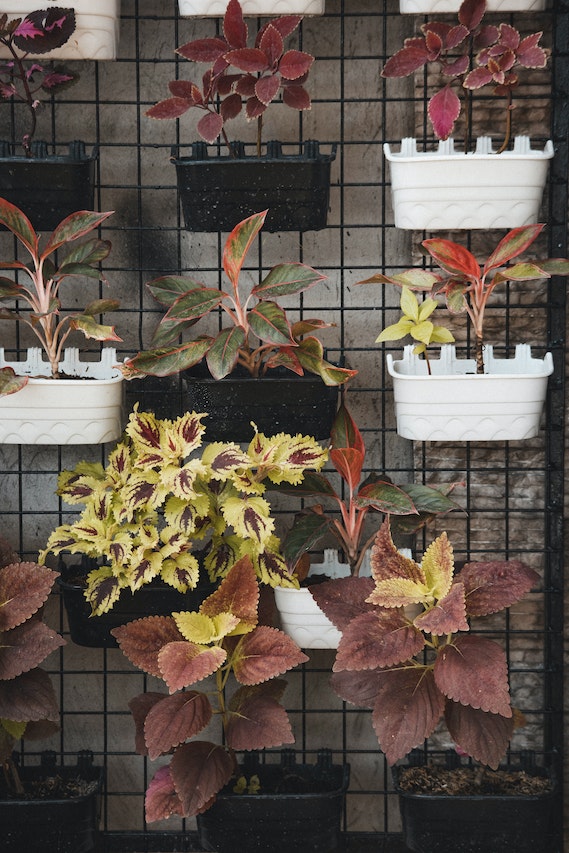
6. Protection and flexibility for plants: Garden containers offer protection to plants in several ways. They can be moved to shelter plants from extreme weather conditions, such as heavy rain, strong winds, or excessive heat. Containers also act as a barrier against pests or animals that may damage or feed on your plants.
7. Accessibility and convenience: Having garden containers at an accessible height makes gardening tasks more comfortable, especially for individuals with mobility issues or those who prefer not to bend or kneel on the ground. It also brings plants closer to eye level, allowing you to enjoy their beauty and monitor their growth more easily.
8. Experimentation and creativity: Garden containers provide a platform for experimentation and creativity in gardening. You can try out different container materials, shapes, and sizes to match your preferred style or theme. Additionally, you can explore various planting techniques, combinations, and arrangements, fostering your love for gardening and expanding your horticultural knowledge.
11 Simple Tricks for Beautiful Garden Containers
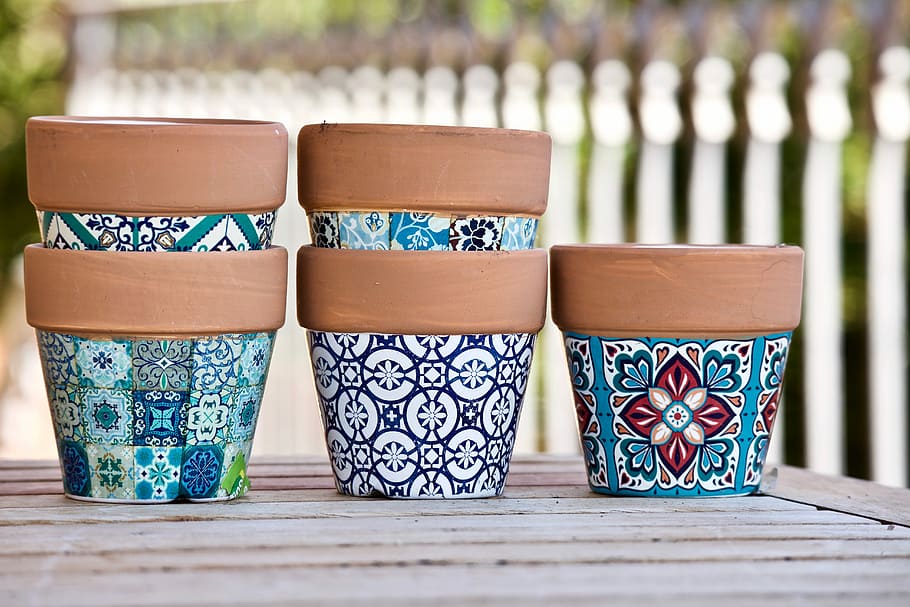
Adding color, texture, and vitality to your outdoor environment is easy with urban garden containers. They may be utilized to create a wide range of appearances, from formal to casual, and they can be positioned in almost any place. There are a few straightforward techniques you can use to make lovely garden containers, regardless of your level of gardening experience or where you’re starting from.
1. Choose the Perfect Container
The first step to creating beautiful garden containers is selecting the right vessel. Consider the size, material, and style that best complements your garden or outdoor space. From classic terracotta pots to modern metal planters, choose a container that enhances the overall aesthetic while accommodating the plant’s needs.
2. Prioritize Proper Drainage
Ensuring proper drainage is vital for healthy plants in garden containers. Drill drainage holes in the bottom of the container if they’re not already present. Place a layer of gravel or broken pottery at the base to prevent waterlogging. This will promote healthy root growth and prevent the risk of root rot.
3. Pick the Right Plants
Selecting the right plants is crucial for the success of your garden containers. Consider the light conditions, climate, and overall look you want to achieve. Opt for a mix of thrillers (tall, eye-catching plants), fillers (medium-sized plants that add volume), and spillers (trailing plants that cascade over the edge of the container).
4. Create Contrast and Balance
Aim for contrast and balance to create visually appealing garden containers. Combine plants with different textures, colors, and heights. Pair bold, vibrant flowers with softer, delicate foliage. This interplay of elements will add depth and interest to your containers.
5. Incorporate Focal Points
Introduce focal points to draw attention to your garden containers. This could be a unique statue, an ornamental grass, or a strikingly colored plant. The focal point should enhance the overall design and serve as a centerpiece for the container.
6. Consider Seasonal Interest
Plan your garden containers with seasonal interests in mind. Choose plants that bloom at different times throughout the year to ensure your containers look captivating all year round. Research the growth habits and flowering seasons of the plants you select.
7. Use High-Quality Potting Mix
Invest in a high-quality potting mix that provides adequate nutrients, drainage, and moisture retention. Avoid using garden soil, as it can become compacted and hinder plant growth. A good potting mix will ensure healthier plants and better overall container performance.
8. Implement Regular Watering and Feeding
Watering and feeding your garden containers is essential for their health and vitality. Check the moisture level regularly and adjust the watering frequency accordingly. Fertilize your plants with a slow-release or liquid fertilizer to promote vigorous growth and abundant blooms.
9. Maintain Proper Plant Spacing
Give your plants enough room to grow and breathe by maintaining proper spacing in your garden containers. Overcrowding can lead to competition for resources and increased susceptibility to diseases. Follow the recommended spacing guidelines for the specific plants you choose.
10. Pay Attention to Container Placement
Consider the location and surroundings when placing your garden containers. Ensure they receive the right amount of sunlight for the selected plants. Additionally, think about the aesthetic impact of the containers in relation to their surroundings, such as walls, fences, or other plants.
11. Regular Maintenance and Pruning
To keep your garden containers looking their best, perform regular maintenance tasks such as deadheading spent flowers, removing yellowing leaves, and pruning overgrown branches. This will promote healthier plants and encourage continuous blooming.
What are The Things to use for better container gardening?
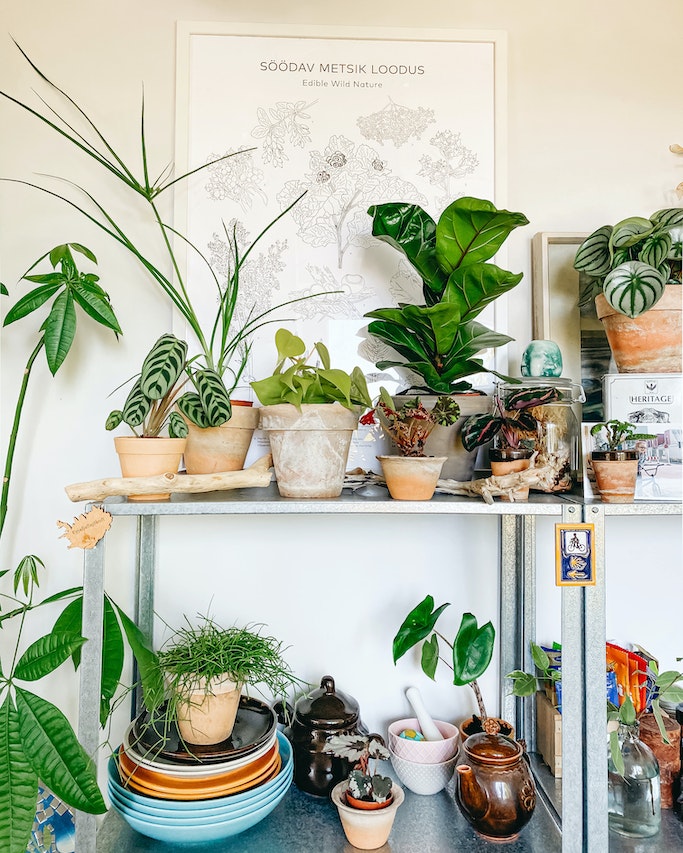
If you just have a tiny balcony, patio, or even a windowsill, container gardening is a terrific method to raise plants. For container gardening to be effective, you’ll need the following:
Containers: Choose pots or containers that have drainage holes to prevent waterlogging. Plastic, ceramic, or terracotta pots are popular choices. Make sure they’re the appropriate size for the plants you want to grow.
Potting Mix: Use a high-quality potting mix specifically formulated for containers. Avoid using garden soil, as it may be too dense and not provide adequate drainage.
Plants: Select plants suitable for container gardening, such as herbs, vegetables, flowers, or dwarf varieties of trees. Consider the amount of sunlight and space available to determine the right plants for your container garden.
Watering Can or Hose: You’ll need a watering can or hose with a fine spray nozzle for regular watering. Containers can dry out quickly, so it’s important to monitor soil moisture levels.
Fertilizer: Container plants often require regular feeding since nutrients can be quickly depleted in confined spaces. Choose a balanced fertilizer or a slow-release formula specifically designed for container plants.
Gardening Gloves: Protect your hands while working with soil, plants, and any potentially sharp or thorny objects. Gardening gloves provide grip and shield your hands from dirt, moisture, and scratches.
Trowel and Hand Fork: These tools are handy for digging, loosening soil, and transplanting seedlings into containers. Look for sturdy and durable options with comfortable handles.
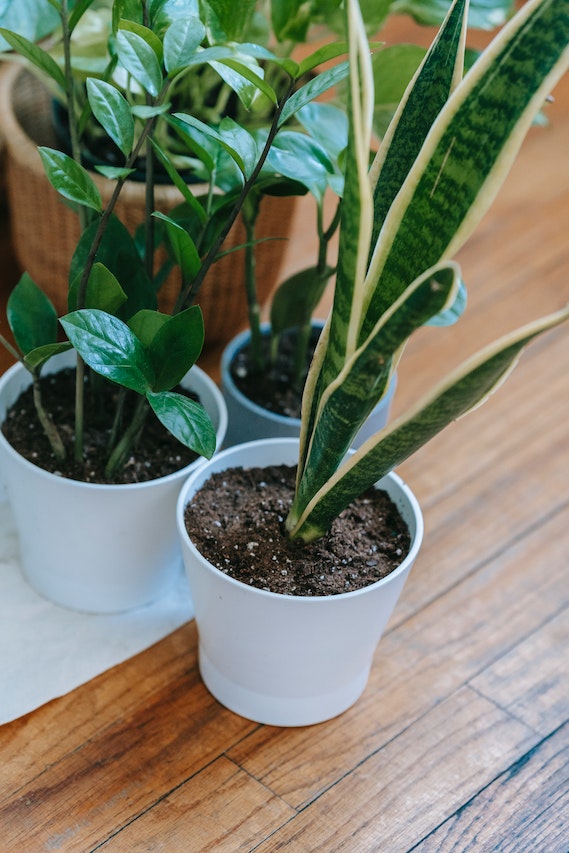
Pruning Shears: Keep a pair of sharp pruning shears or scissors to trim and shape plants as needed. Regular pruning promotes healthy growth and prevents plants from becoming too leggy or overcrowded.
Plant Labels: Use labels or markers to identify the plants in your containers. This is especially useful if you’re growing different varieties or if you want to keep track of planting dates or specific care instructions.
Saucers or Trays: Place saucers or trays under your containers to catch excess water and prevent staining or damage to your outdoor surfaces.
Support Structures: Some plants, such as tomatoes, peppers, or climbing vines, may require support structures like stakes, cages, or trellises to help them grow upright and prevent sprawling.
Pest Control: Keep an eye out for pests that may affect your container plants. Organic pest control options include insecticidal soaps, neem oil, or introducing beneficial insects like ladybugs.
People also ask
-
How do I choose the right container for my garden?
When selecting a container for your garden, consider factors such as size, material, and style. Choose a container that complements your outdoor space and provides adequate drainage for your plants.
-
Which plants are best suited for garden containers?
Look for plants that thrive in containers. Consider their light, water, and soil requirements. Some popular choices for garden containers include petunias, geraniums, herbs like basil and rosemary, and ornamental grasses.
-
How can I create visual interest in my garden containers?
To create visual interest, play with colors and textures. Select plants with different foliage colors and textures. Mix flowers, foliage plants, and even ornamental grasses to add variety and depth to your containers.
-
How often should I water my garden containers?
The frequency of watering depends on various factors such as plant species, weather conditions, and container size. Generally, container plants require more frequent watering than plants in the ground. Check the moisture level of the soil regularly and water when it feels dry.
-
Can I use regular garden soil in my garden containers?
It is not recommended to use regular garden soil in containers. Garden soil tends to be heavy, retains too much moisture, and lacks the necessary nutrients for container plants. Instead, opt for a high-quality potting mix specifically formulated for container gardening.
-
How do I prevent my garden containers from becoming waterlogged?
Proper drainage is crucial to prevent waterlogging. Ensure that your containers have drainage holes at the bottom. You can also place a layer of gravel or small stones at the bottom of the container before adding soil to enhance drainage.
-
How can I incorporate vertical elements in my garden containers?
To add vertical interest, consider using trellises, stakes, or obelisks in your containers. These structures provide support for climbing plants and add height and drama to your container garden.
-
How often should I prune my container plants?
Regular pruning helps maintain the shape and health of your plants. Remove faded blooms, trim back overgrown branches, and prune any dead or damaged parts. The frequency of pruning depends on the specific plant species, but it’s generally recommended to do light pruning regularly.
-
Can I reuse the potting mix from last season?
It’s generally best to refresh the potting mix each season. Reusing the old potting mix can lead to nutrient depletion and the buildup of pests or diseases. Start with a fresh potting mix to provide your plants with the best growing conditions.
-
Can I move my garden containers around to different locations?
Yes, you can move your garden containers to different locations based on sunlight and other environmental factors. Be mindful of the specific light requirements of your plants and adjust their placement accordingly.
-
How can I protect my garden containers during the winter months?
In colder climates, protect your garden containers from frost damage by moving them to a sheltered area or using insulating materials like bubble wrap or burlap. Consider selecting cold-hardy plants or using container covers to shield your plants from extreme temperatures.
Wrap up on Garden Container Hacks That Will Blow Your Mind
With these simple tricks, you can create beautiful garden containers that will enhance the beauty of your outdoor spaces. From selecting the perfect container and plants to maintaining proper care, each aspect contributes to a stunning display. By following these tips and exploring your creativity, you can design captivating garden containers that bring joy and serenity to your garden, patio, or balcony. Remember to experiment, have fun, and adapt these tricks to suit your unique style and preferences.

